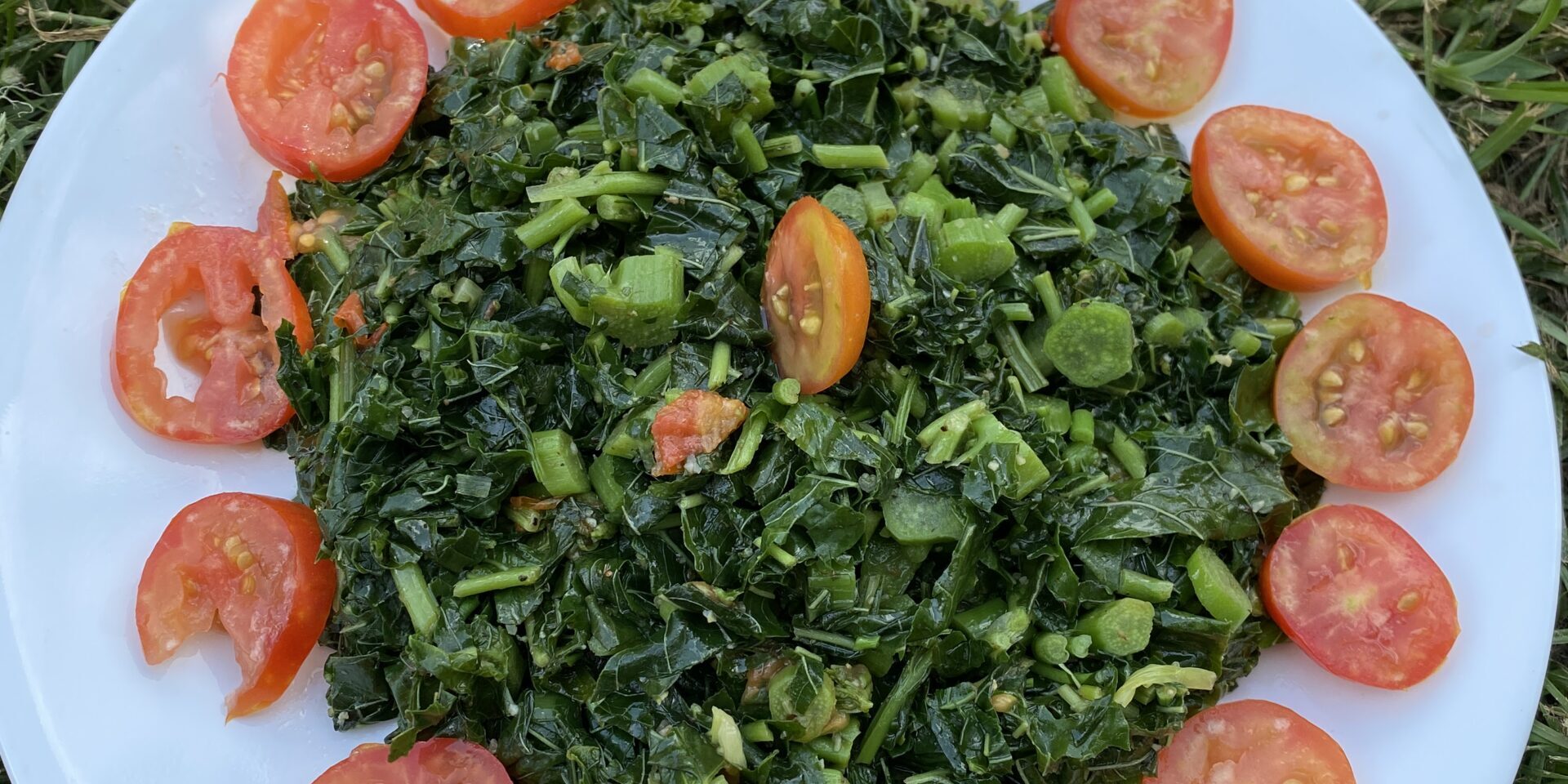Jamaican cuisine is a vibrant tapestry woven from the threads of various cultural influences, each contributing unique flavors and techniques. This article explores the evolution of Jamaican food, tracing its roots from the indigenous Taino people through the impacts of African slavery and European colonization, to the diverse and flavorful modern dishes enjoyed today.
Indigenous Taino Influence
The indigenous Taino people were the first known inhabitants of Jamaica, and their culinary practices laid the foundation for many traditional Jamaican dishes. The Taino diet primarily consisted of local ingredients, such as fish, fruits, vegetables, and meats, cooked using methods like grilling and baking in earth ovens.
One of the most enduring legacies of Taino cooking is the method known as “jerking,” which involves seasoning meat with a blend of spices and cooking it over a pimento wood fire. This technique not only added a distinctive smoky flavor but also preserved the meat. The Taino also introduced the island to ingredients like cassava, a staple root vegetable that remains an essential part of Jamaican cuisine, especially in the form of bammy, a traditional flatbread.
The Taino’s contribution to Jamaican cuisine is evident in the emphasis on fresh, local ingredients and the use of specific cooking techniques that continue to influence the island’s food culture.
African Roots and the Impact of Slavery
The arrival of African slaves in Jamaica brought a significant transformation to the island’s culinary landscape. Enslaved Africans brought with them a rich culinary heritage, characterized by the use of bold spices, diverse cooking techniques, and a reliance on staples like yams, plantains, and okra.
The influence of African cuisine is most prominently seen in dishes like “callaloo,” a leafy green stew made with okra and often flavored with coconut milk, and “ackee and saltfish,” considered Jamaica’s national dish. Ackee, a fruit native to West Africa, is sautéed with saltfish (salted cod), onions, and tomatoes, creating a savory dish that reflects the fusion of African and local Jamaican ingredients.
Additionally, the practice of using all parts of an animal, including offal, is a tradition brought by African slaves, leading to the creation of dishes like “mannish water” (a goat soup) and “cow foot stew.” The African influence also extended to the use of hot peppers and spices, which are central to the bold flavors of Jamaican cuisine.
Colonial Influences: Spanish, British, and Indian
Jamaica’s colonial history has also left an indelible mark on its cuisine, with influences from Spanish, British, and Indian culinary traditions.
Spanish Influence: The Spanish, who were the first Europeans to colonize Jamaica, introduced a variety of foods and cooking methods. Notable contributions include the introduction of pigs and cattle, which significantly impacted the island’s diet. The Spanish also brought new cooking techniques, such as frying and roasting, and ingredients like citrus fruits and sugar cane, which became crucial to Jamaica’s economy and cuisine.
British Influence: British colonization introduced new food items and practices, including the afternoon tea tradition, which influenced Jamaican pastries and baked goods. The British also brought their culinary staples, such as potatoes and bread, and introduced the use of puddings and pies. One of the most iconic British-influenced Jamaican dishes is “Jamaican patties,” a pastry filled with spiced meat or vegetables, reflecting the British love for pasties.
Indian Influence: The arrival of Indian indentured laborers in the 19th century further diversified Jamaican cuisine. Indian migrants brought with them spices like curry powder and turmeric, which became integral to dishes such as “curried goat” and “curried chicken.” They also introduced new cooking techniques and ingredients, such as roti (a type of flatbread) and various lentil dishes, enriching the island’s culinary repertoire.
Modern Jamaican Cuisine: A Fusion of Flavors
Today, Jamaican cuisine is a rich blend of all these historical influences, creating a unique culinary identity known for its bold flavors and innovative use of ingredients. The island’s modern food scene celebrates this diversity, offering a fusion of traditional and contemporary dishes.
Jerk Cuisine: The tradition of jerk cooking has evolved into one of Jamaica’s most iconic culinary practices. Modern jerk dishes, such as jerk chicken and jerk pork, are marinated in a spicy blend of allspice, Scotch bonnet peppers, and other spices before being grilled or smoked. This method preserves the meat while infusing it with a distinctive, spicy flavor.
Seafood: Jamaica’s coastal geography makes seafood a staple of the diet. Dishes like “escovitch fish,” where fish is fried and then marinated in a spicy vinegar-based sauce with onions and peppers, showcase the island’s love for bold, tangy flavors. The use of local seafood, such as snapper, kingfish, and shellfish, is prevalent in various preparations, from simple grilled fish to complex stews.
Vegetarian and Ital Foods: Jamaican cuisine also includes a wide variety of vegetarian dishes, influenced by the Rastafarian movement’s emphasis on natural and unprocessed foods, known as “Ital” cooking. Ital cuisine often excludes meat, dairy, and salt, focusing instead on fresh vegetables, legumes, and whole grains. Dishes like “Ital stew” and “coconut rundown” (a dish made with coconut milk, vegetables, and often fish) reflect this focus on healthy, plant-based eating.
Global Influence and Innovation: Modern Jamaican cuisine continues to evolve, incorporating global culinary trends while staying true to its roots. Fusion dishes that blend Jamaican flavors with international cuisines, such as Jamaican-Chinese or Jamaican-Italian, are increasingly popular. The island’s food scene is also known for its street food culture, offering everything from traditional jerk stands to innovative food trucks.
Conclusion
The history and evolution of Jamaican cuisine is a story of cultural fusion, resilience, and creativity. From the indigenous Taino people to the influences of African slaves, European colonizers, and Indian laborers, each group has left its mark, creating a rich and diverse culinary tradition. Today, Jamaican food is celebrated worldwide for its bold flavors and unique combinations, continuing to evolve and adapt in an ever-changing global culinary landscape







